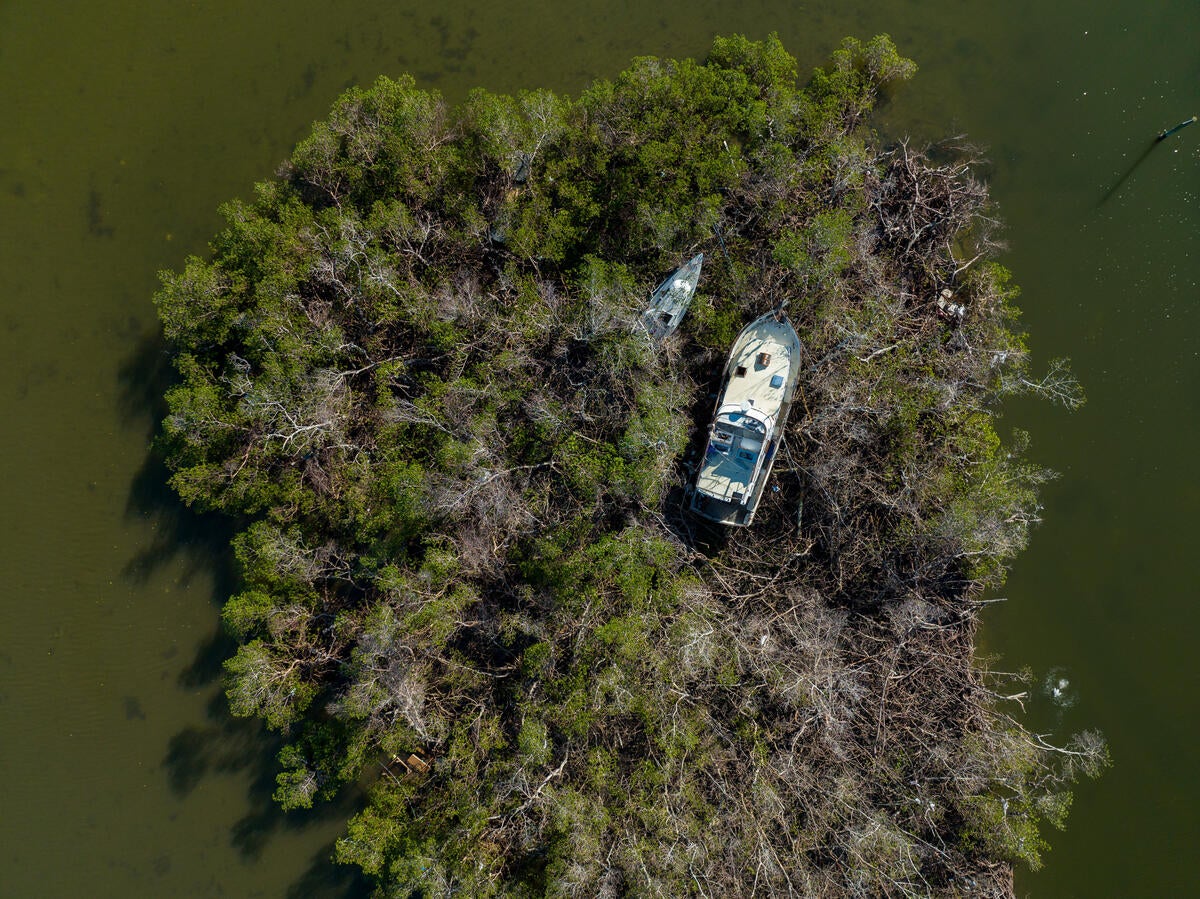From extensive droughts across the Great Plains and back-to-back hurricanes damaging vegetable and citrus crops in the Southeast, the last two production seasons have demonstrated the intensifying damage of extreme weather on America’s farms. In 2023 alone, natural disasters caused nearly $22 billion in crop and rangeland losses. While crop insurance is a critical safety net for farmers, the growing impact of climate change underscores the need for proactive resilience strategies on the farm.
Recognizing this, Chubb and its crop insurance division Rain & Hail — the largest crop and agriculture insurance provider in the U.S. — has launched a new resource hub designed to equip farmers and crop insurance agents with essential tools, insights and advisors to increase on-farm resilience. Environmental Defense Fund Climate Corps fellow Carter Purcell led the development of the hub during her time at Chubb.
The new resource hub highlights the increasing need for comprehensive risk management solutions that not only protect farms financially in the short term, but also support long-term resilience.
Learn more about the relationship between crop insurance and resilience to extreme weather, and why it’s critical to provide solutions that support farmers’ short- and long-term financial resilience.










